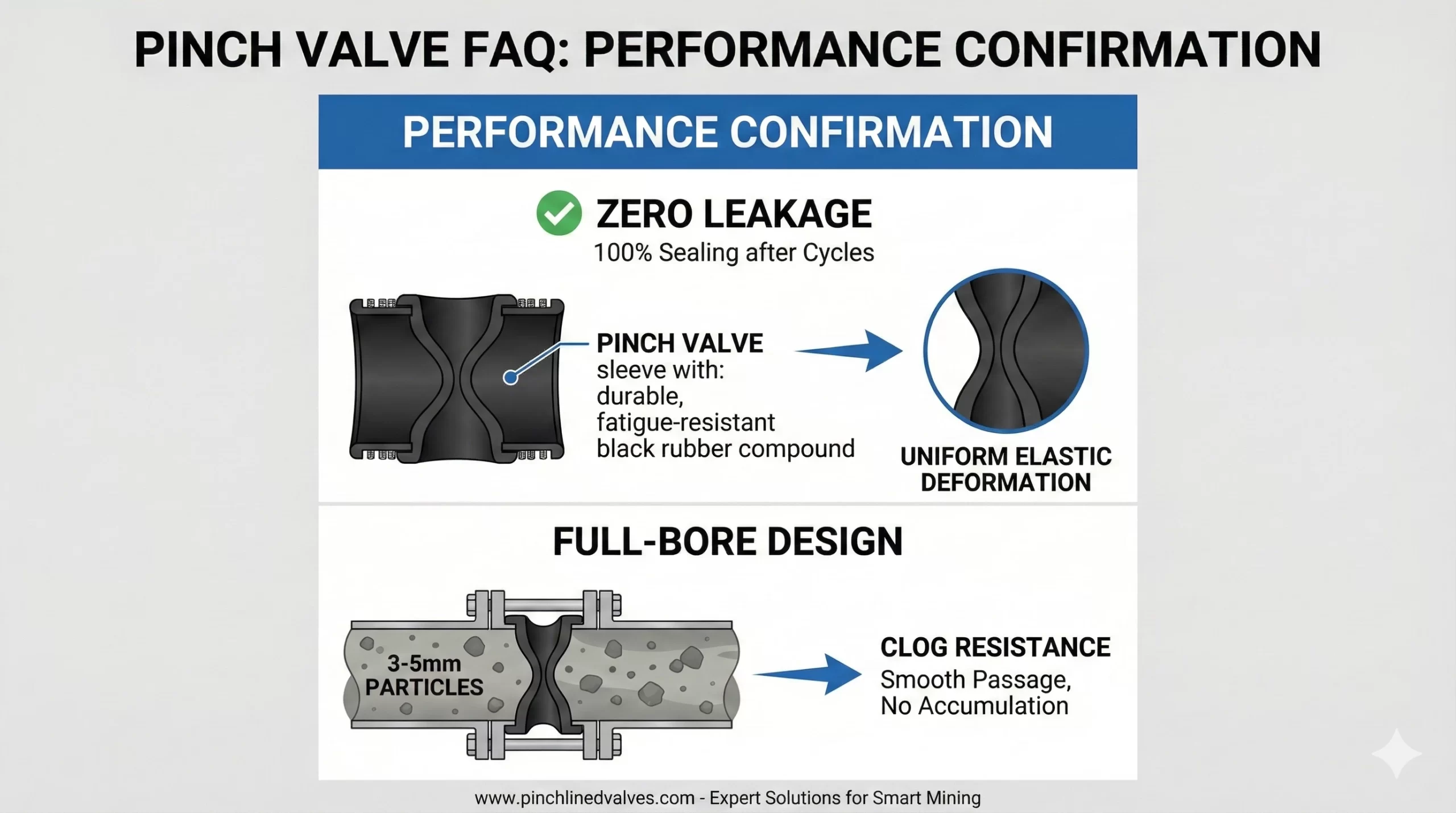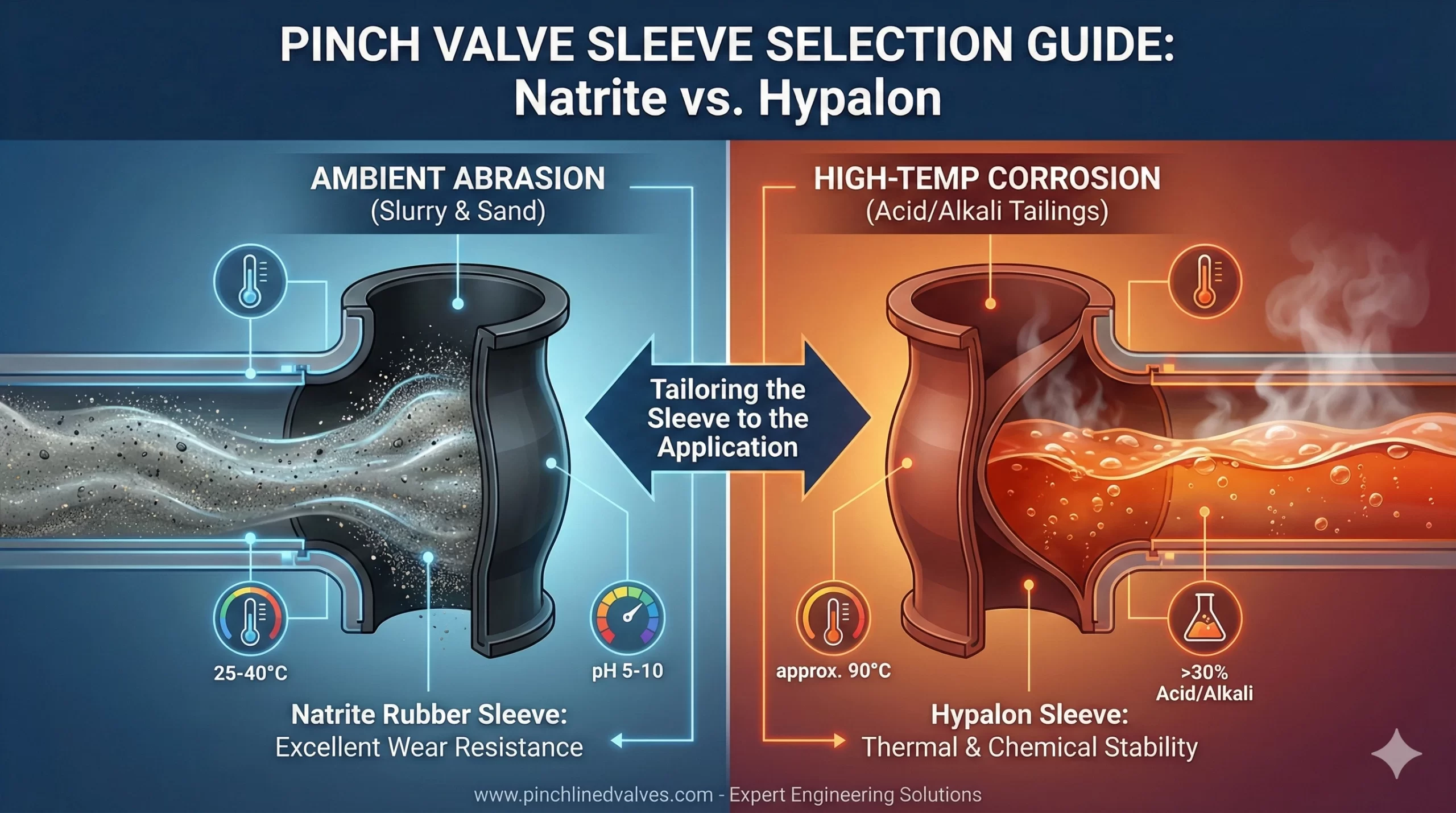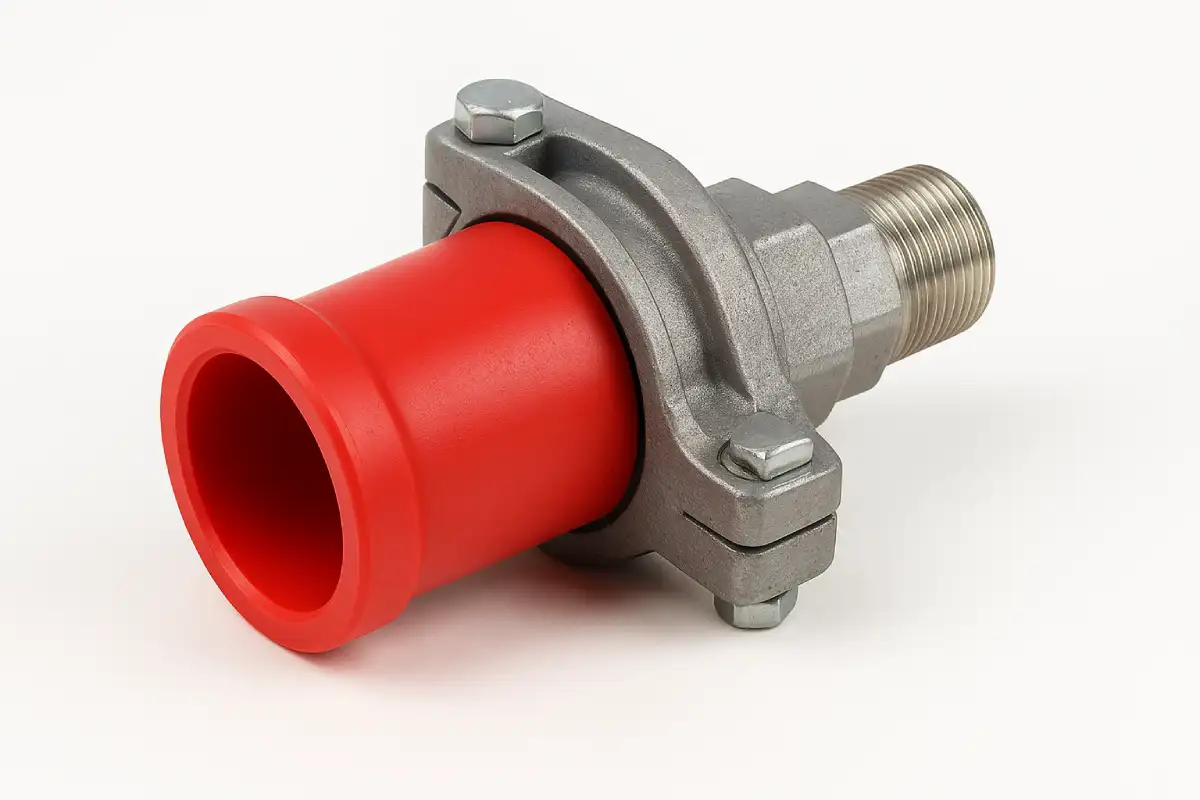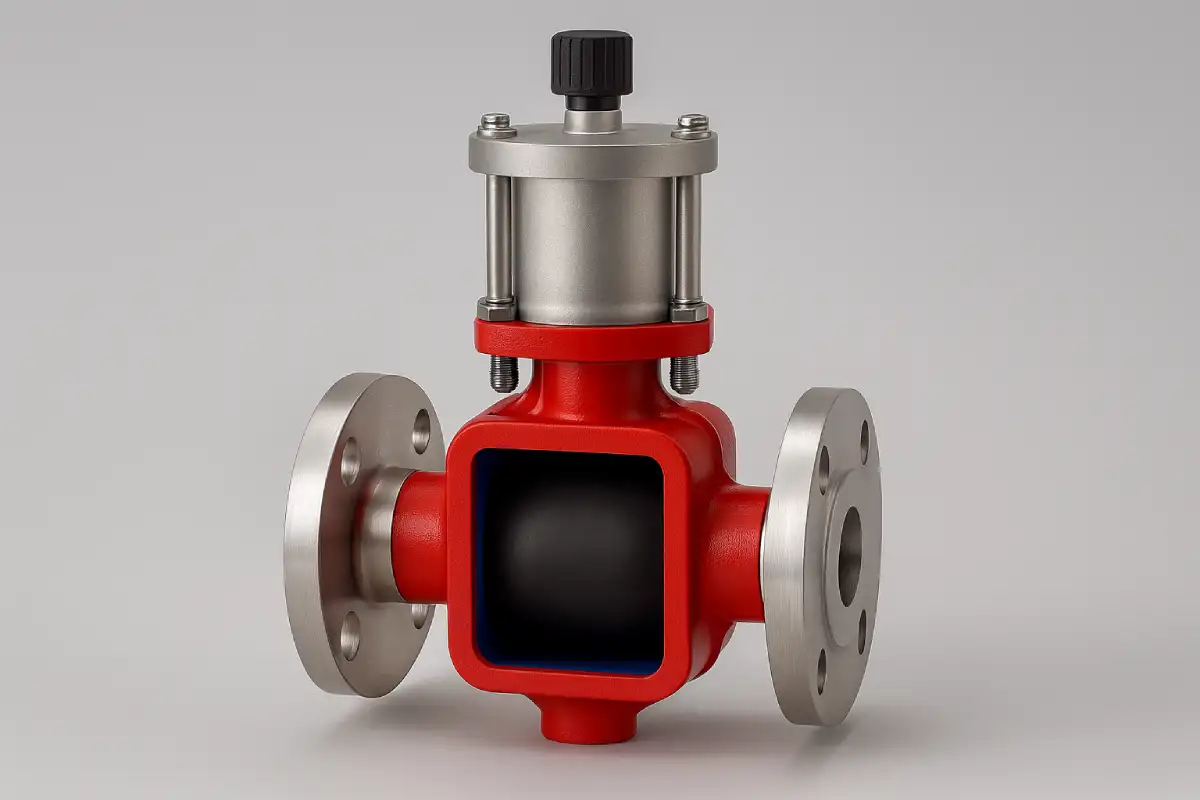

Le filtre en Y est un composant important dans tout système de pipeline. Il assure le bon fonctionnement du système en retenant les débris avant qu'ils ne causent des problèmes. Nous verrons ci-dessous ce qu'est ce filtre, son efficacité et comment choisir le modèle adapté à votre installation.
UN Crépine de type Y Il s'agit d'un filtre en forme de lettre “ Y ” conçu pour capturer ou filtrer les particules solides indésirables présentes dans vos canalisations de liquides, de gaz ou de vapeur.
Lorsque le fluide traverse le corps de l'appareil, le tamis interne retient les débris plus gros que les mailles. Ceci contribue à protéger les équipements en aval et à assurer le bon déroulement des opérations.
Le matériau et la méthode de fabrication déterminent les performances de votre passoire. Voici les matériaux couramment utilisés pour la fabrication des passoires en Y :
| Type de matériau | Idéal pour | Avantages |
| Passoire en Y en acier inoxydable | Fluides et produits chimiques corrosifs ou acides | Résistance exceptionnelle à la chaleur et à la corrosion |
| Passoire en acier au carbone de type Y | applications pétrolières et gazières | Durable, résistant à la pression et aux chocs thermiques |
| Passoire en fer de type Y | Systèmes d'eau, usage général impliquant de basses pressions et températures | Choix populaire en raison de son prix abordable et de sa résilience |
Qu'est-ce qu'un filtre en Y moulé ? Si vous en avez déjà entendu parler et que vous vous demandez de quoi il s'agit, le terme “ moulage ” désigne le procédé de fabrication de ce filtre, et non un matériau. Le moulage consiste à verser du métal en fusion (fer, acier au carbone ou acier inoxydable) dans un moule et à le laisser se solidifier pour obtenir la forme souhaitée.
Le raccordement du filtre aux canalisations peut influer sur ses performances et sa facilité d'entretien. Le choix le plus approprié parmi les trois options ci-dessous dépend du diamètre des canalisations, de la pression nominale et de la fréquence de nettoyage du filtre :
Outre le type de matériau et de connexion, vous pouvez également prendre en compte les points suivants pour orienter votre décision et optimiser votre système :
Pour les systèmes à forte accumulation de débris, le nettoyage doit être effectué toutes les quelques semaines. Sinon, il doit être effectué tous les quelques mois.
Oui, s'ils sont fabriqués en acier inoxydable de haute qualité, comme le chrome-molybdène ou un alliage.
Oui. Vérifiez toujours la flèche sur le corps avant l'installation afin d'éviter les erreurs pouvant entraîner une mauvaise filtration.
Choisir le bon filtre en Y est essentiel pour assurer le bon fonctionnement de vos opérations. Tenez toujours compte du matériau, des types de raccordement, du prix et des exigences du système afin d'éviter les dommages et les interruptions de service.
Notre société, LIANKE, propose un large gamme de produits, y compris les passoires. Contactez nos experts dès aujourd'hui Pour plus d'informations ou un devis.

Question 3:Performance Confirmation:Your documentation mentions “zero leakage” and “clog resistance.” We would like to confirm: After long-term operation, will repeated compression cycles cause sleeve fatigue leading to sealing failure? Is the full-bore design truly effective for slurries with larger particles (e.g., 3-5mm)? Answer 3:Confirmation of “Zero Leakage” and “Clog Resistance” Performance (1)Zero Leakage Reliability: Our […]

Material Selection:We are dealing with different working conditions: (1)Question1: Condition A: Ambient temperature (approx. 25-40°C) slurry containing fine sand, where wear resistance is the primary consideration, with weakly corrosive media (pH 5-10). Answer1:(ambient temperature, fine sand, low concentration corrosion, high wear resistance): Preferred recommendation: Natrite Rubber sleeve. Reason: The core advantage of Natrite Rubber lies in its […]

A pinch valve adapter connects a pneumatic pinch valve or manual valve to pipes, tubes, or other parts of a system. With this connector, the valve can manage liquid or gas flow without leaks or strain. It also lets the valve fit in tight or unusual setups. This reduces operational risks and improves overall performance. […]

Yes, they are. Hygienic pinch valves are specially designed to keep things clean and safe, which is why they’re so common in food, pharmaceutical, and biotech environments. Their smooth interior and dead-zone-free design make cleaning quick and reliable. And if the term is new to you, don’t worry, this article will walk you through what […]



